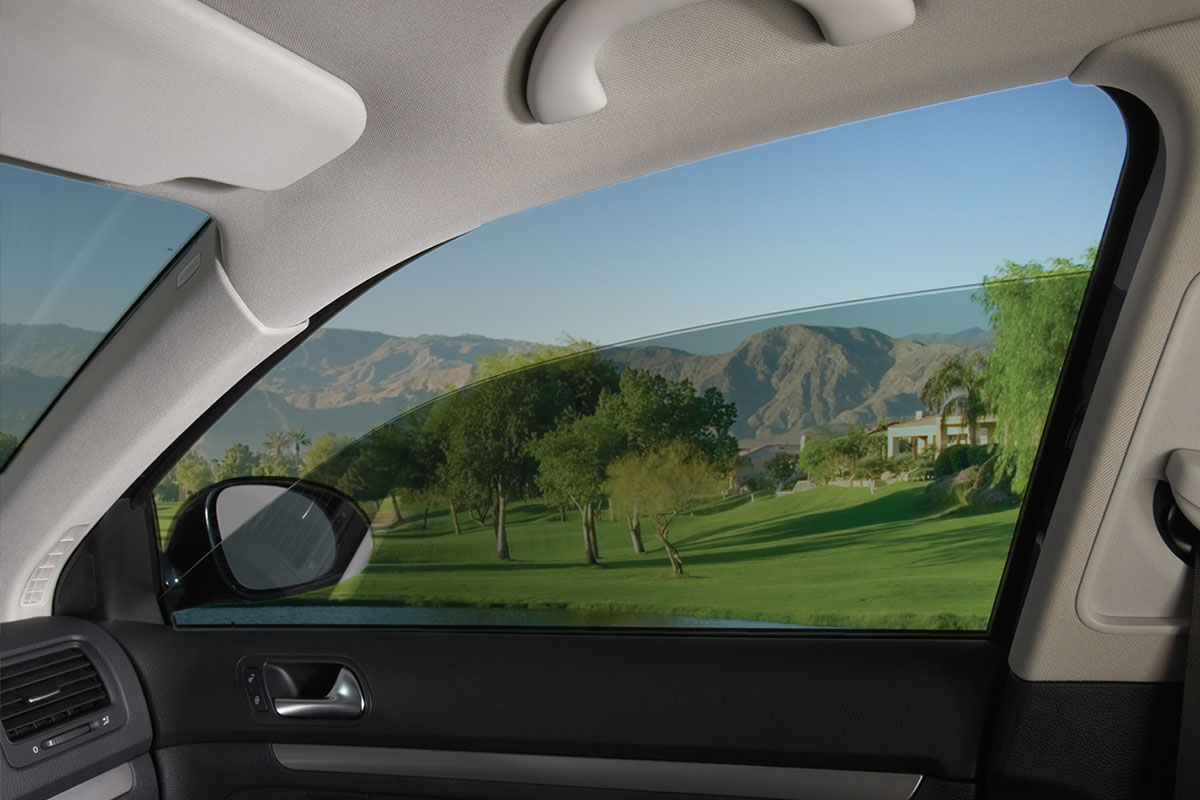
Window Tinting is an excellent investment for vehicle owners and property managers who want to enhance privacy, reduce interior temperatures, and protect against UV damage. While the curing process may temporarily change the film’s appearance, it is crucial to allow adequate drying time before assessing the final shade.
Window tinting enhances privacy, reduces glare, and protects interiors. A common question is: Does Window Tint Get Darker as It Dries? Understanding the tinting process helps manage expectations. Proper maintenance will ensure long-lasting performance, improved aesthetics, and enhanced protection from UV rays and heat.
Window tint consists of thin film layers applied to glass surfaces. It comes in various shades and materials, each offering unique benefits. After application, the tint requires time to cure. During this period, moisture trapped between the film and glass evaporates. This process affects how the tint looks temporarily.
Understanding the tinting process, potential variations in drying time, and maintenance requirements will help you make the most out of your window tint investment and enjoy its benefits for years to come.
Initially, the tint appears hazy or lighter due to moisture. As it dries, it reaches its intended darkness level but does not darken beyond its rated shade. Factors such as climate, humidity, and the type of film used can all impact drying duration, making it important to follow manufacturer guidelines for maintenance and care.
Keeping the film clean and avoiding premature rolling down of windows will help ensure a smooth curing process. Overall, the key takeaway is that Does Window Tint Get Darker as It Dries not get darker as it dries, but instead, it clears up to reveal its true intended shade.
Newly applied tints can seem lighter because of trapped moisture. This misconception leads some to believe it will significantly darken.
Once the curing process is complete, the tint shade remains the same as advertised. It does not get darker over time beyond initial moisture evaporation.
Improper installation or premature rolling down of windows can cause the tint to peel. Allowing sufficient drying time prevents this issue. Tint installed in cooler or humid conditions may dry unevenly. Parking in a warm, sunny area helps balance the drying process.
To avoid any misconceptions about tint darkness, always consult with a professional installer who can provide clarity on how the tint will look once fully cured.
During the curing period, small bubbles and streaks may appear due to trapped moisture. These usually disappear as the tint dries completely. They dry evenly without major visual changes, ensuring clarity and durability over time.
So, does El Cajon Window Tinting get darker as it dries? No, but it may appear lighter initially due to trapped moisture. Once fully cured, it reveals its true shade. Proper drying is essential for achieving a uniform look and maximizing durability. For the best results, consult a professional installer who can provide insights on how your tint will look once fully set.
Factors like climate, humidity, and film type influence the drying process, making it crucial to follow manufacturer guidelines. Avoid rolling down windows too soon, using ammonia-based cleaners, or exposing the tint to excessive moisture during curing.
Yes, most window tints appear lighter right after installation due to trapped moisture. Once the moisture evaporates, the tint reaches its true shade.
Your tint is fully cured when there are no visible moisture bubbles, haze, or streaks. The film will also be completely adhered to the glass without lifting edges.
No, you should wait at least three to five days before rolling down your windows to prevent the peeling or shifting of the film.
No, window tint does not darken over time. It only appears lighter at first due to moisture, but once dry, it remains at its rated shade.
Yes, warm and sunny weather speeds up the drying process, while cold or humid conditions slow it down. Parking in direct sunlight can help the tint dry faster.